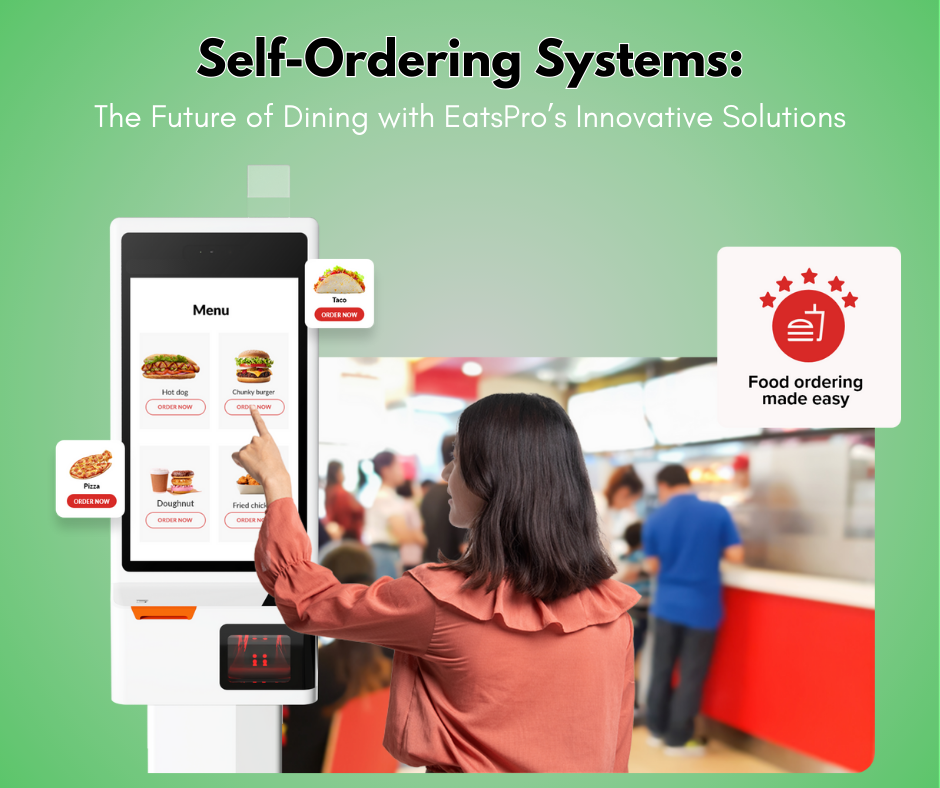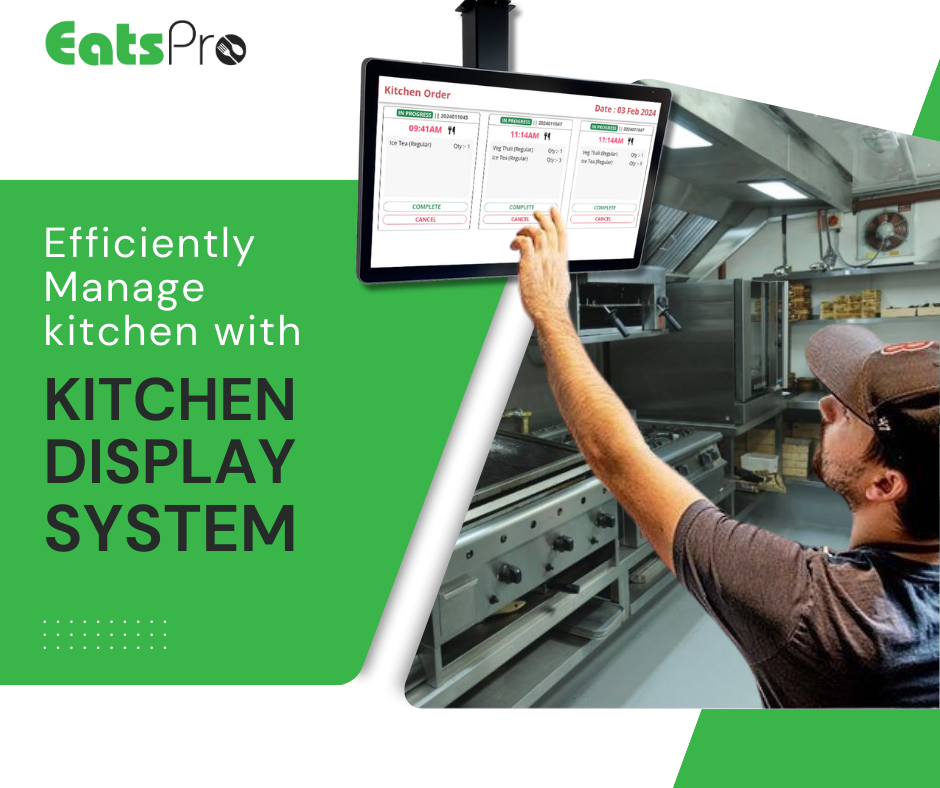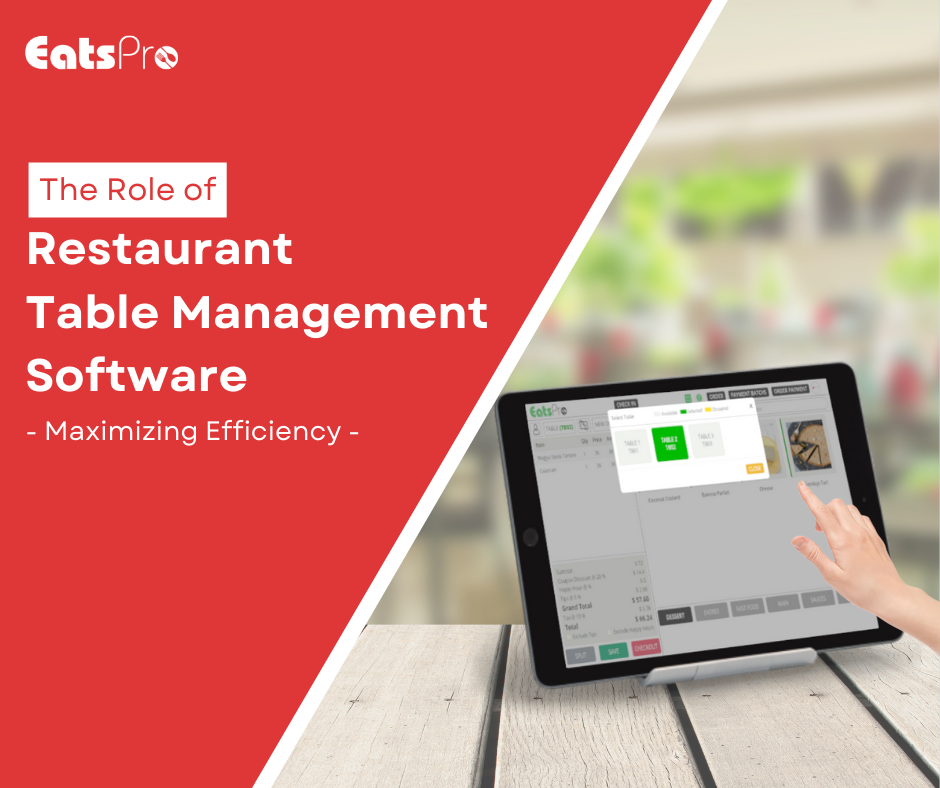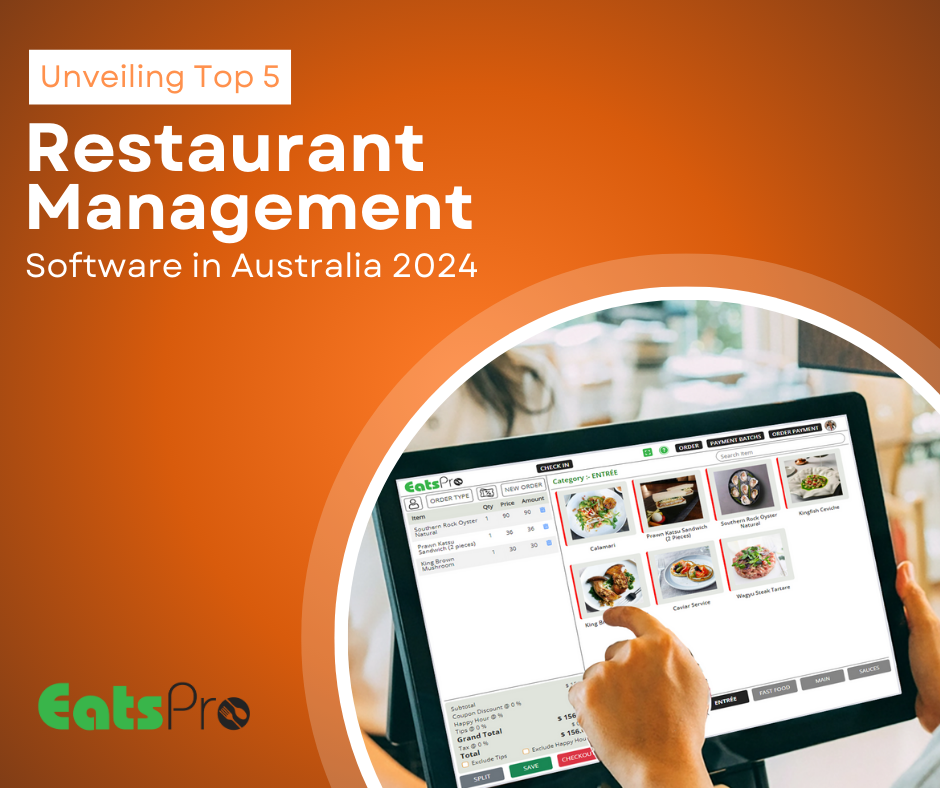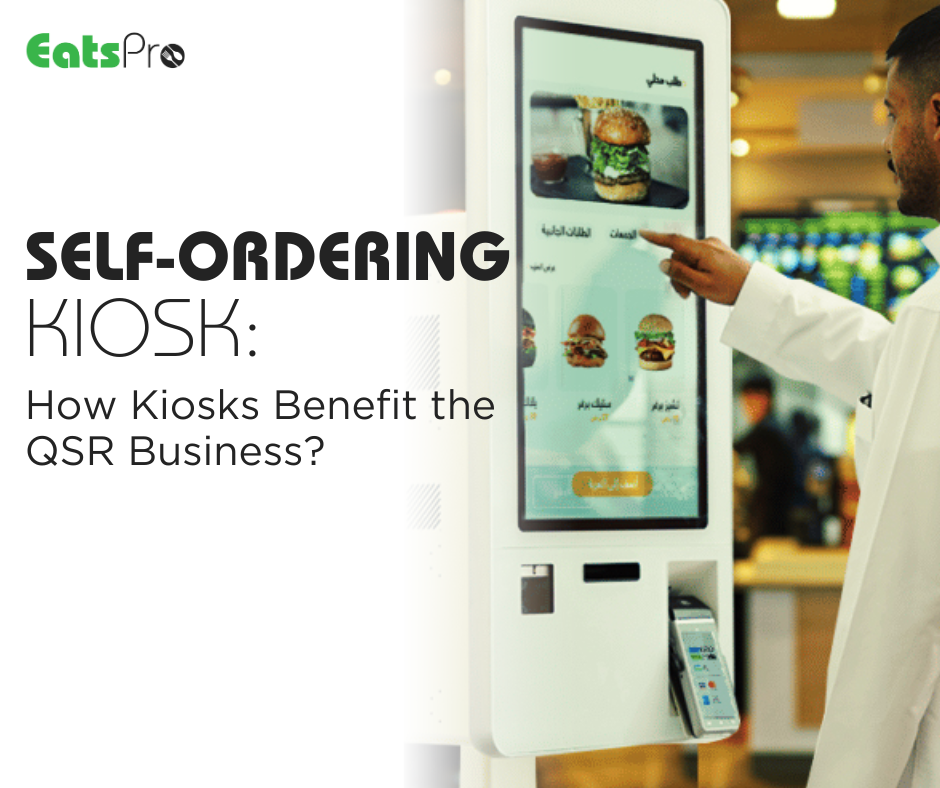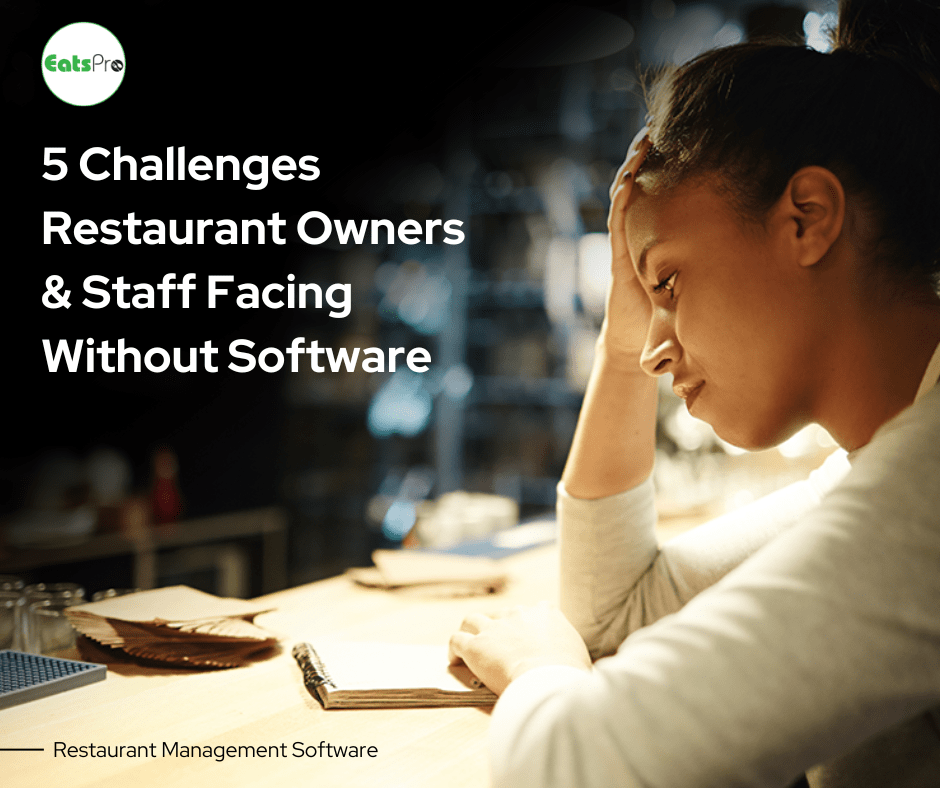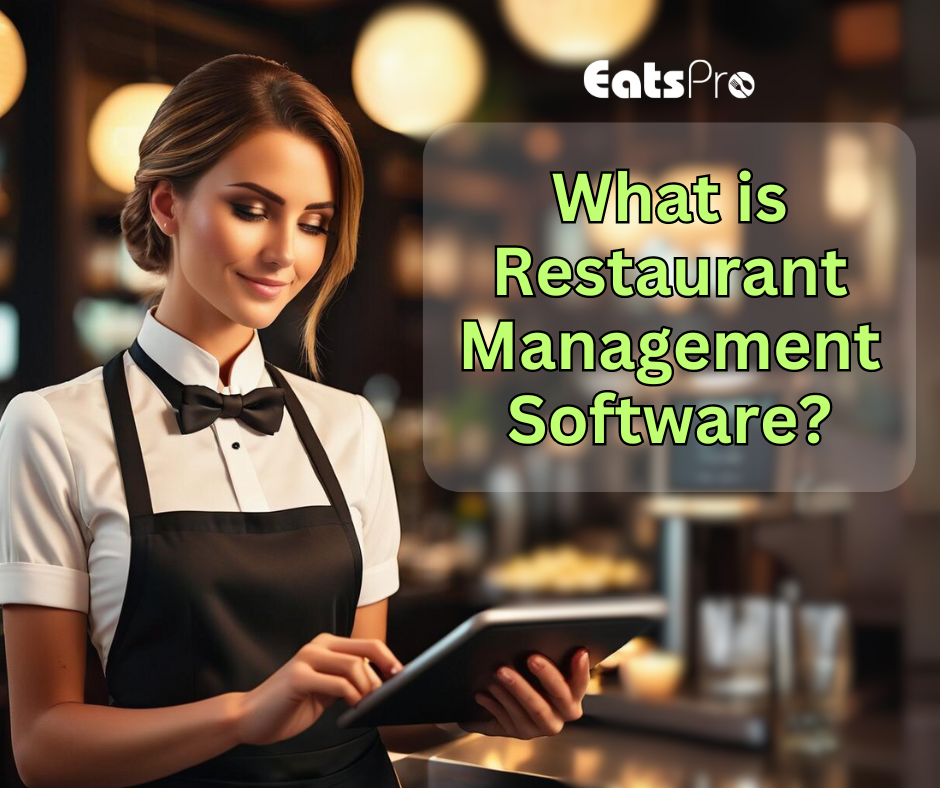
Managing an organization, let alone an entire multi-location restaurant requires more than just a skilled restaurant manager. The performance of any restaurant depends on the efficiency and quality of those who manage it, as well as the technologies there to ensure that the restaurant can operate efficiently. An excellent restaurant management system functions as the nerve mechanism of any restaurant, collecting data and automating procedures while enabling quick and precise communication.
In this blog post, we'll provide more details about what is restaurant management software and its features and benefits.
What is Restaurant Management Software?
Restaurant management software, often abbreviated as RMS are computerized programs that manage the entire operation of a business. The system allows restaurants to track orders from customers, menu, loyalty, tables and inventory and manage payments. This system can provide owners with insights into customer preferences, trends in sales, and more.
Features of Restaurant Management Software
1. Order Management
RMS streamlines order management, from the moment orders are taken at the table to when they're sent to the kitchen to be prepared. It ensures that orders are filled accurately and on time, which reduces errors and improves customer satisfaction.
2. Table/Reservation Management
Reservation management is a fundamental feature of RMS. It allows restaurants to manage table reservations and waitlists and optimize seating to suit varying party sizes.
3. Inventory Management
Restaurants can track ingredients in real-time, automate the reordering process, and reduce waste with inventory management. It helps maintain optimal stock levels, reduce food costs and avoid stockouts.
4. Kitchen display system (KDS)
The kitchen display system within an RMS will improve communication between front-of-house staff and the kitchen and ensure that orders are properly received and processed.
5. Employee Management
Restaurant management software helps in managing payroll, scheduling shifts and tracking performance. The software simplifies timekeeping tasks, employee communications, tip distribution and other related activities. It leads to increased staff satisfaction and efficiency.
6. Reporting and Analytics
With the help of comprehensive reporting and analytical tools, restaurant operators can gain valuable insight into key aspects such as customer preferences and sales performance. The data-driven method allows decision-makers to recognize trends, optimize business processes and grow the company.
Benefits of Using Restaurant Management Software
1. Increased Efficiency
RMS improves the operational efficiency of staff by automating repetitive tasks, centralizing data and letting them focus on providing exceptional customer service.
2. Enhanced Customer Experience
A better dining experience is enhanced by efficient order management, personal service and faster turnaround times. It leads to improved customer satisfaction and loyalty.
3. Cost Savings
Restaurants can save money by using RMS for inventory control, optimization of labor, and reduction in waste. It has a positive impact on their bottom lines.
4. Better Decision Making
Restaurant owners and managers can make informed decisions with real-time insights and data. They are able to identify improvement areas and introduce strategic changes.
Types of Restaurant Management Software
1. Cloud-Based
2. On-Premise
RMS on-premise solutions are installed directly onto computers or servers in restaurants. They provide greater data security and control but require upfront investments and ongoing maintenance.
3. Mobile Applications
Restaurant staff can manage their operations from the moment they take orders to when they process payments. It increases mobility and efficiency.
Conclusion
In the highly competitive restaurant business, software for managing restaurants is essential to streamlining operations and enhancing customer experience.
Recent News
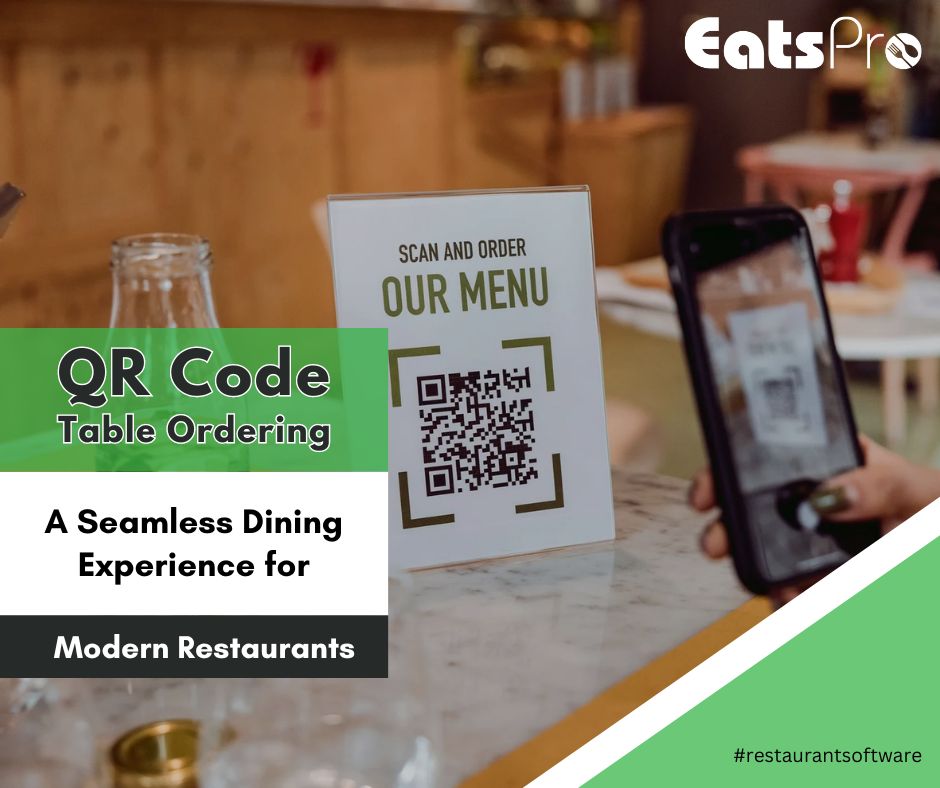
Oct 04, 2024
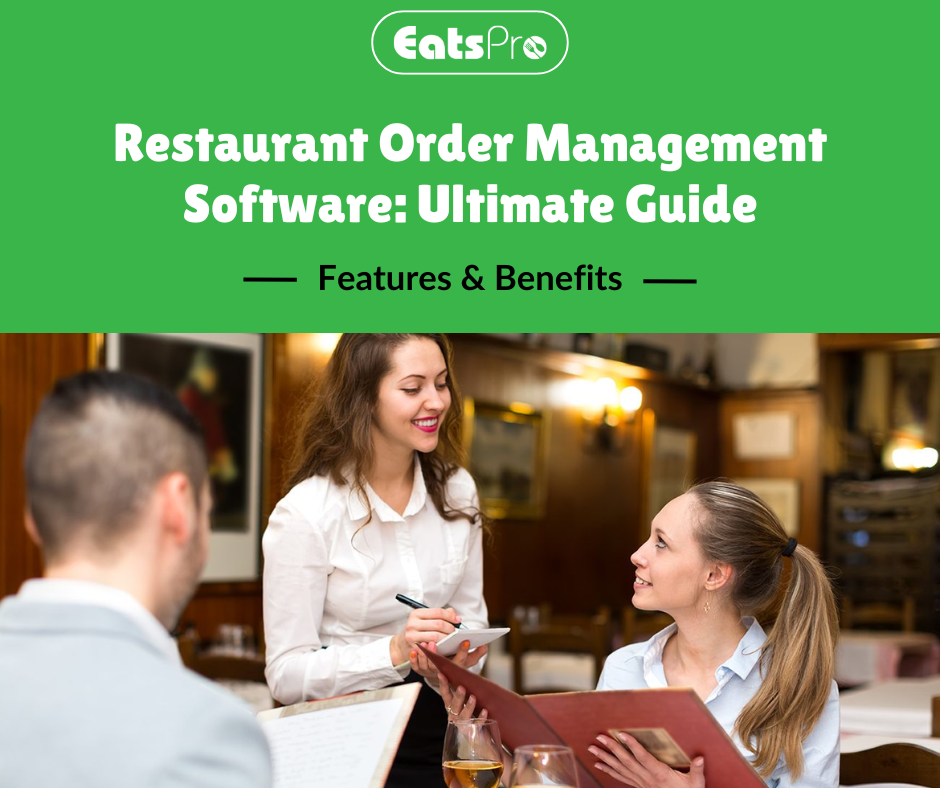
May 29, 2024
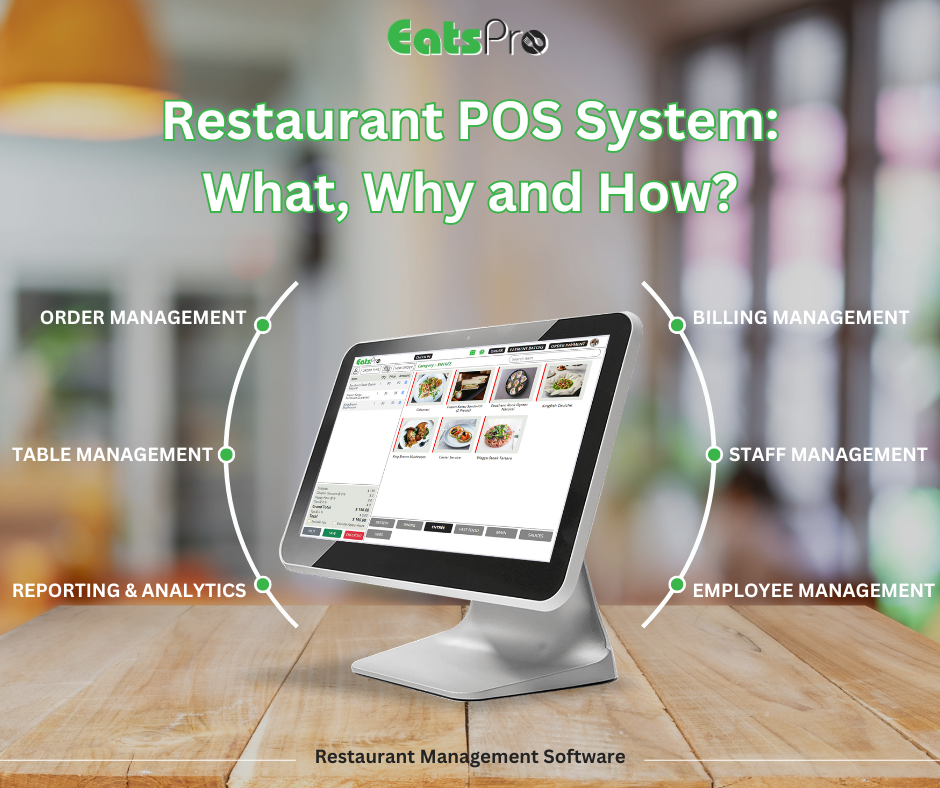
Apr 24, 2024

